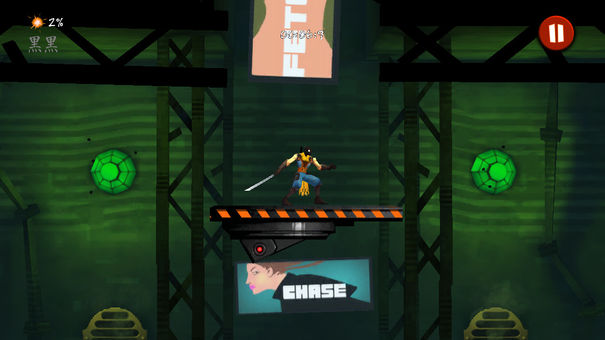Jungles also naturally spawn a kind of plant that cannot be grown- bushes. Bushes use Jungle Wood blocks to support the existence of their leaves, but, curously, these leaves drop apples and oak saplings as though they were oak tree leaves- and use the oak leaf pattern. This goes a long way towards evening out the terrain, but can get very frustrating for building on the ground, so Jungles aren’t very good places for fortresses unless you have a lot of patience. In addition to the bushes, jungles have an alternative form of the tall grass that you break to gather seeds- sometimes you will see fern fronds instead. These fronds still produce grass seed, but it’s a nice visual effect.
Birch trees are very rare in jungles, though Oak can be found here and there, and Spruce are never seen in Jungle terrain. Towns in jungle terrain are unheard of, and ravines and abandoned mines can be difficult to safely reach, with the leaves of bushes greatly overhanging their edges and leading to very surprising fatal falls.
As of 1.3, Jungles are also home to coco pods, finally providing a way to get Coco Beans other than dungeon chests. Coco pods take the form of orange rectangular fruits on the trunks of smaller jungle trees. They have three stages of ripeness, in which they become brighter and brighter shades of orange- a nearly mature pod will drop one ‘unit’ of coco beans, and a fully mature pod can drop up to four ‘units’. These beans, in addition to their old use as brown dye, can also be used to plant new coco pods on jungle trees, regardless of biome.
Strangely, not only pigs but also chickens and cows can spawn naturally in jungle biomes when the terrain is generated. This is a bit unusual to begin with, but the oddity exacerbated by the fact that they will often spawn inside of leaf blocks. They won’t suffocate while there, but they will be stuck until you break the leaf blocks for them. It can create rather eerie effects during the night, since you won’t be able to see the cows or chickens even with torches until you look under your feet.
Finally, Jungle biomes are the only biomes in which Ocelots will naturally spawn, meaning that if you want to have a cat, you have to find a jungle. This can be very troubling- since Ocelots will flee if you move while they are close to you, and the leafy terrain of jungles is very uneven, it’s remarkably easy to misestimate how close you are to the Ocelot and scare it away- or accidentally charge right into the middle of a group, provoking them to run and hide and not return to you.






 Metal Gear Solid 5: The Phantom Pain – Side Ops 153 Target Practice (Support Unit Platform)
Metal Gear Solid 5: The Phantom Pain – Side Ops 153 Target Practice (Support Unit Platform) FIFA 14 next
FIFA 14 next Nintendo and Platinum: The Perfect Match
Nintendo and Platinum: The Perfect Match Is The Last Of Us the best game ever made?
Is The Last Of Us the best game ever made? How To Earn Cryptokeys In Call Of Duty Black Ops 3
How To Earn Cryptokeys In Call Of Duty Black Ops 3